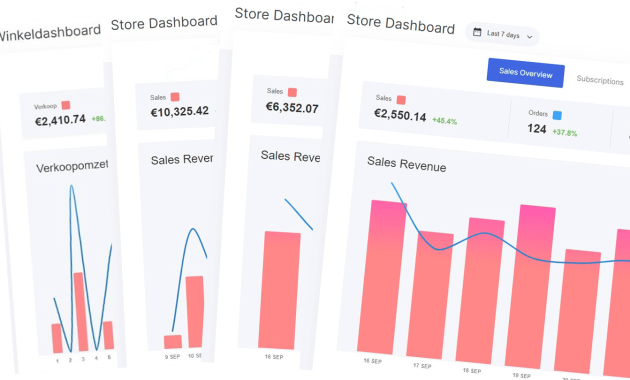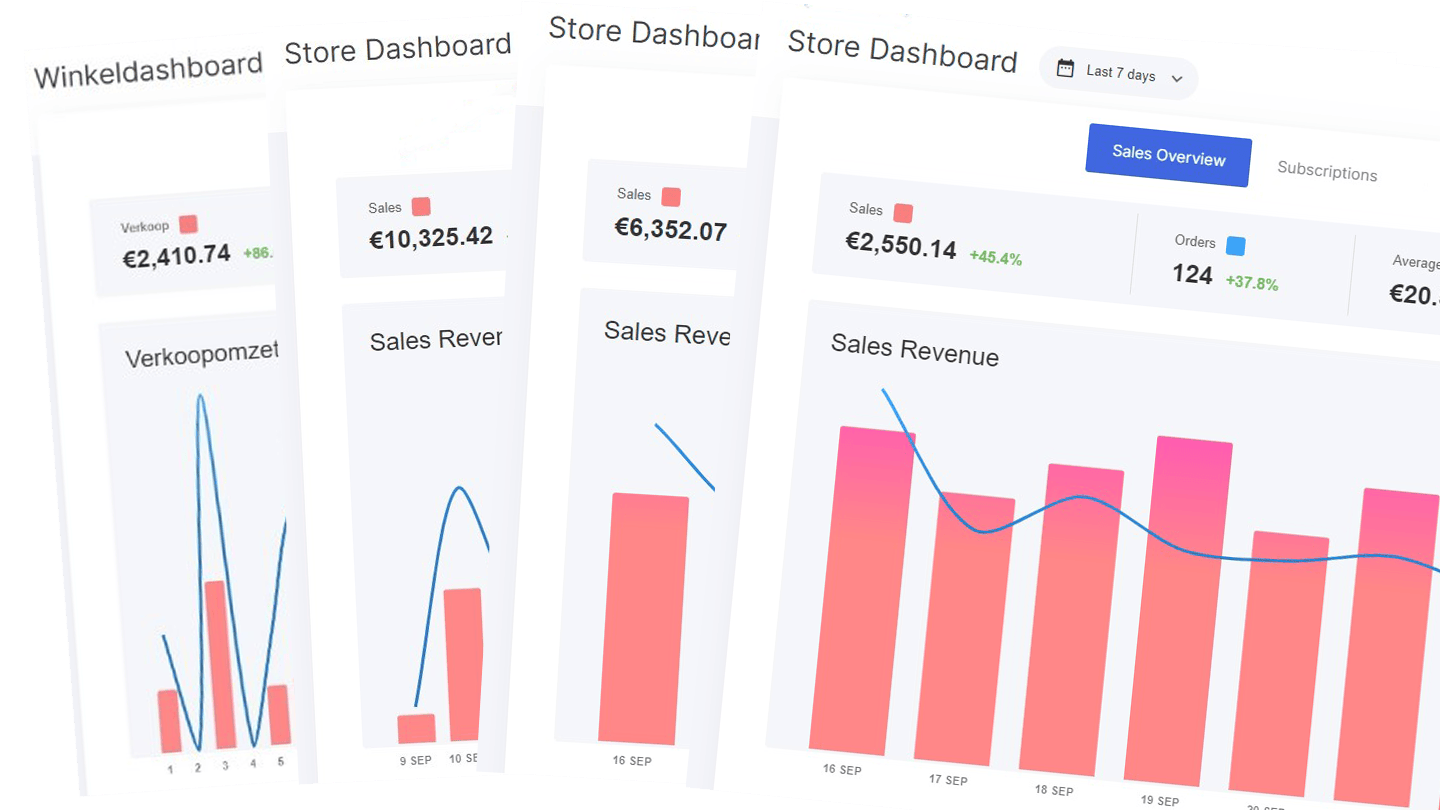
Skyrocket Success with 11 Business Intelligence Tools Revealed: Your Guide to Data-Driven Decisions
In today’s fast-paced business environment, data is king. But raw data alone is useless. To truly gain a competitive edge, businesses need to transform raw data into actionable insights. This is where business intelligence (BI) tools come into play. They empower organizations to analyze data, identify trends, and make informed decisions. This article delves into the world of BI, revealing 11 powerful tools that can help you skyrocket success. These tools will transform how you operate. They help you make data-driven decisions.
The modern business landscape demands agility and informed decision-making. Relying on gut feelings is no longer sufficient. Businesses need to leverage data to understand their customers, optimize operations, and drive revenue growth. Business intelligence tools provide the necessary framework. They allow organizations to collect, analyze, and interpret data. This leads to better strategic planning.
Understanding the Power of Business Intelligence
Business intelligence is more than just reporting. It encompasses a range of processes and technologies. These processes transform raw data into meaningful information. This information supports strategic and tactical business decisions. BI tools provide the capabilities to:
- Collect data from various sources.
- Process and analyze the data.
- Visualize data through dashboards and reports.
- Identify trends and patterns.
- Predict future outcomes.
- Improve decision-making.
Implementing BI tools can lead to significant improvements. These improvements include increased efficiency, reduced costs, and higher profits. Organizations can also gain a deeper understanding of their customers. They can personalize their products and services. Ultimately, BI tools are essential for achieving sustainable success.
11 Business Intelligence Tools to Transform Your Business
The market offers a wide array of business intelligence tools. Each tool offers unique features and capabilities. The best choice depends on your specific needs and budget. Here are 11 of the most popular and effective BI tools available today:
Tableau
Tableau is a leading data visualization platform. It’s known for its intuitive interface and powerful analytical capabilities. It allows users to create interactive dashboards and reports. These dashboards and reports provide insights into data trends. Tableau supports a wide range of data sources. It’s suitable for businesses of all sizes.
Microsoft Power BI
Microsoft Power BI is a comprehensive BI platform. It integrates seamlessly with other Microsoft products. It offers a user-friendly interface and a wide range of features. These features include data modeling, data visualization, and collaboration tools. Power BI is a cost-effective solution for many businesses.
Looker
Looker is a data analytics platform. It focuses on data exploration and discovery. It allows users to build custom dashboards and reports. These dashboards and reports can be shared across teams. Looker is known for its robust data governance features. It’s a good choice for organizations with complex data needs.
Qlik Sense
Qlik Sense is a self-service BI platform. It uses an associative data model. This model allows users to explore data in an intuitive way. Qlik Sense offers powerful data visualization and analysis capabilities. It’s designed for ease of use. It empowers business users to make data-driven decisions.
Sisense
Sisense is a BI platform. It’s designed for complex data environments. It offers advanced analytics capabilities. These capabilities include data preparation and data visualization. Sisense can handle large datasets. It’s suitable for organizations with demanding analytics needs.
ThoughtSpot
ThoughtSpot is an AI-powered analytics platform. It allows users to ask questions in natural language. It then provides instant answers and insights. ThoughtSpot simplifies data analysis. It makes it accessible to users of all skill levels.
Zoho Analytics
Zoho Analytics is a cloud-based BI and analytics platform. It’s designed for small and medium-sized businesses. It offers a user-friendly interface. It provides a wide range of features for data analysis and visualization. Zoho Analytics integrates with other Zoho apps.
Domo
Domo is a cloud-based BI platform. It’s designed for real-time data analysis and collaboration. It offers a wide range of integrations. These integrations include social media and marketing platforms. Domo is a good choice for businesses that need to monitor data in real-time.
MicroStrategy
MicroStrategy is an enterprise-grade BI platform. It offers advanced analytics capabilities. It supports complex data modeling and reporting. MicroStrategy is suitable for large organizations. These organizations have sophisticated analytics needs.
Board International
Board International is a BI and performance management platform. It combines BI with planning and forecasting capabilities. It allows users to create integrated dashboards. These dashboards offer insights into business performance.
SAP Analytics Cloud
SAP Analytics Cloud is a cloud-based BI platform. It integrates seamlessly with SAP applications. It offers a wide range of analytics features. These include data visualization, planning, and predictive analytics. SAP Analytics Cloud is suited for businesses using SAP systems.
Choosing the Right Business Intelligence Tool
Selecting the right BI tool is crucial for skyrocket success. Consider these factors when making your decision:
- Your business needs: What specific data do you need to analyze? What are your reporting requirements?
- Your budget: How much are you willing to spend on a BI tool? Consider both the initial cost and ongoing maintenance costs.
- Your technical expertise: Do you have in-house experts who can implement and manage the tool? Or will you need to outsource?
- Data sources: What data sources do you need to connect to? Ensure the tool supports these sources.
- Scalability: Will the tool be able to handle your data volume and user base as your business grows?
By carefully evaluating these factors, you can choose a BI tool that meets your needs. This will help you achieve your business goals. It will also help you make data-driven decisions. This will help you skyrocket success.
Implementation and Best Practices
Implementing a BI tool is a significant undertaking. It requires careful planning and execution. Here are some best practices to ensure a successful implementation:
- Define your goals: Clearly define your business objectives. Understand what you want to achieve with the BI tool.
- Assess your data: Evaluate the quality and availability of your data. Ensure data is accurate and consistent.
- Choose the right tool: Select a BI tool that meets your specific needs and budget.
- Plan your implementation: Develop a detailed implementation plan. This plan should include timelines and milestones.
- Train your users: Provide adequate training to your users. Make sure they understand how to use the tool effectively.
- Monitor and evaluate: Continuously monitor the performance of the BI tool. Evaluate its effectiveness. Make adjustments as needed.
Following these best practices will increase your chances of success. You will also maximize the value of your BI investment. This will help you achieve skyrocket success.
The Future of Business Intelligence
The field of business intelligence is constantly evolving. New technologies and trends are emerging. These trends are reshaping the way businesses analyze data. Some key trends to watch include:
- Artificial intelligence (AI) and machine learning (ML): AI and ML are being used to automate data analysis. They also provide predictive insights.
- Cloud-based BI: Cloud-based BI platforms are becoming increasingly popular. They offer scalability and flexibility.
- Data democratization: The focus is shifting toward making data accessible to all users. This empowers them to make data-driven decisions.
- Embedded analytics: BI tools are being embedded into business applications. This provides insights within the context of workflows.
By staying informed about these trends, you can ensure your BI strategy remains relevant. This will help you maintain a competitive edge. It will also help you skyrocket success.
Conclusion: Data-Driven Decisions for Skyrocketing Success
Business intelligence tools are essential for any organization. They want to make data-driven decisions. The 11 tools discussed in this article offer a range of capabilities. They can help you analyze data, identify trends, and improve your business performance. By choosing the right tool and implementing best practices, you can unlock the power of data. You can transform your business. You will be able to skyrocket success. Embrace data. Make informed decisions. The future is data-driven. [See also: How to Choose the Right BI Tool for Your Business] [See also: Data Visualization Best Practices]

